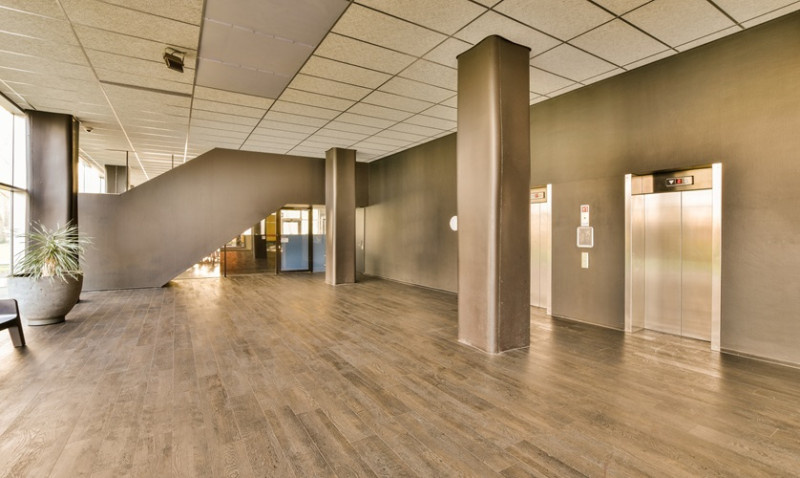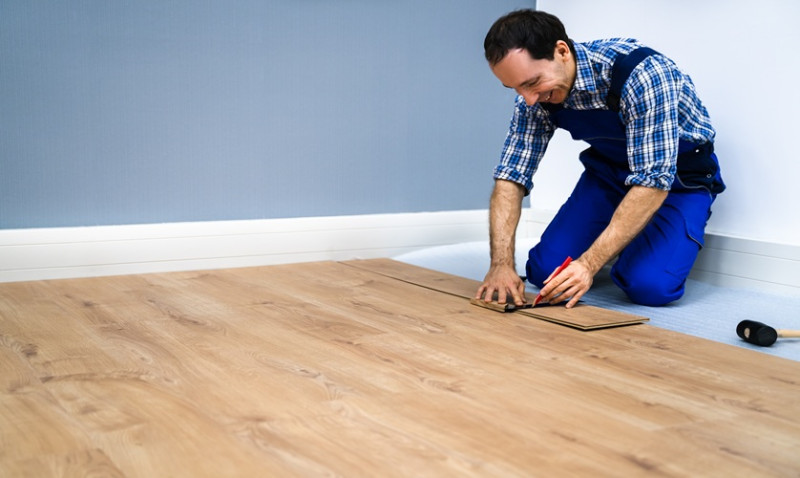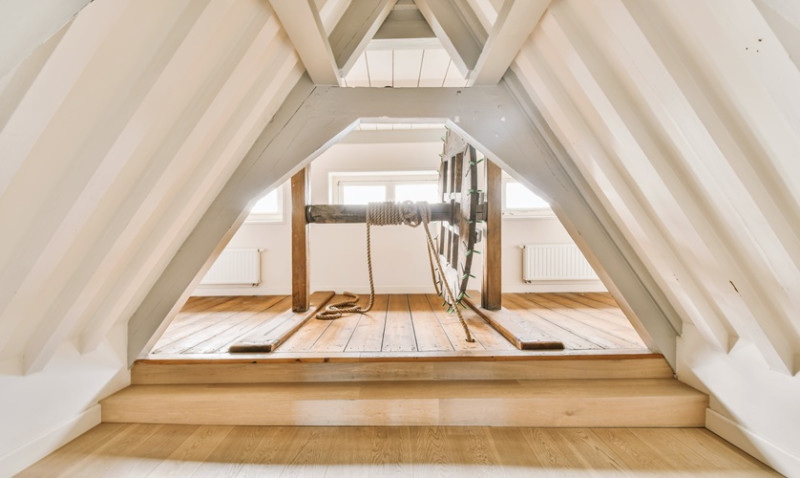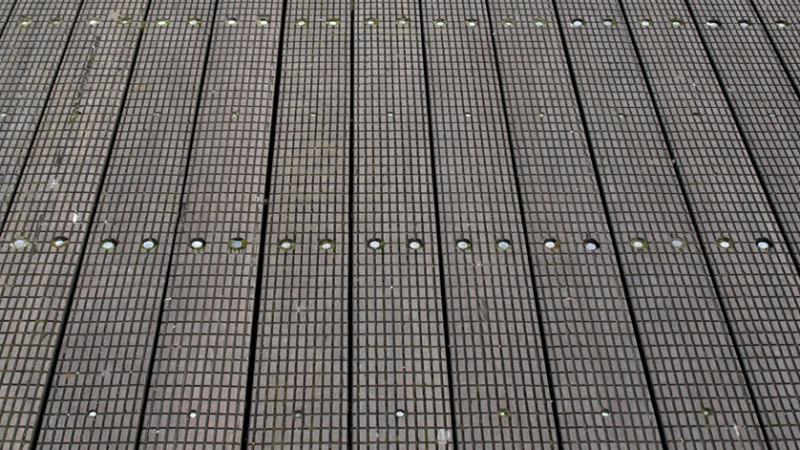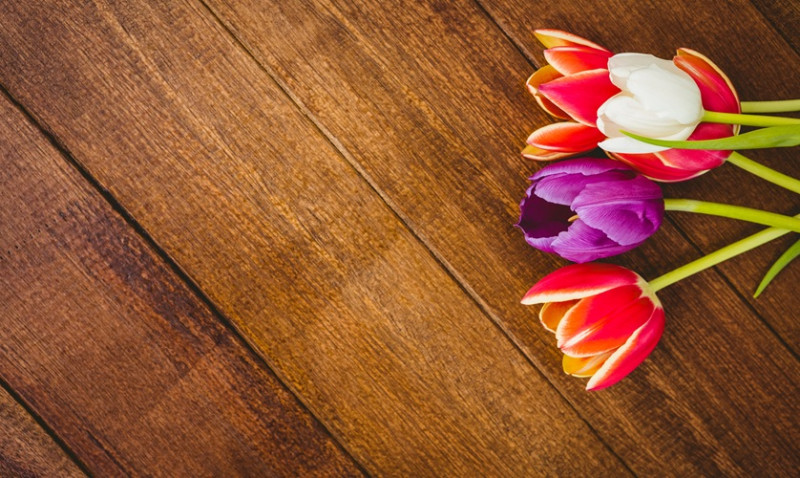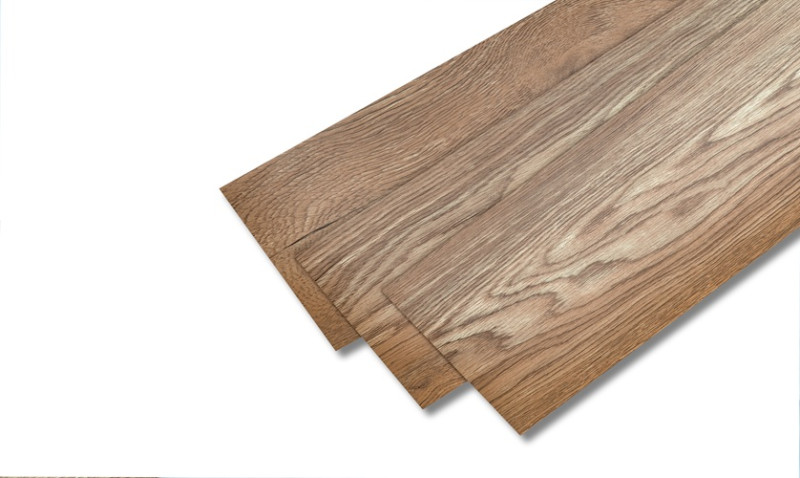
When it comes to choosing the perfect flooring for your home or project, two of the most popular contenders are Luxury Vinyl Plank (LVP) and Laminate Flooring. Both offer stylish designs, realistic wood and stone looks, and affordable alternatives to hardwood, but understanding their core differences is essential to making the right decision. Whether you're a DIY enthusiast planning a renovation, an interior designer selecting finishes, or a tradesperson advising clients — this guide is tailored for you.
What Is Luxury Vinyl Plank (LVP)?
Luxury Vinyl Plank, or LVP, is a type of synthetic flooring that mimics the look and feel of natural wood or stone with impressive realism. Made from multiple layers of PVC (polyvinyl chloride) and equipped with a wear-resistant top layer, LVP is celebrated for both its aesthetics and durability.
At its core, LVP consists of four primary layers: a backing layer, a core layer, a printed design layer (which creates the wood or stone likeness), and a clear, wear-resistant surface. Higher-end versions often include an added underlayment for enhanced sound absorption and comfort underfoot.
LVP is 100% waterproof, making it a top choice for moisture-prone areas like kitchens, bathrooms, utility rooms, or entryways — popular draws for UK homeowners dealing with wet weather and muddy boots.
Another advantage of LVP is its versatility. It's compatible with underfloor heating systems, widely used in modern UK homes, and it comes in a wide range of colours, textures, and finishes to suit minimalistic city flats to rustic countryside cottages alike.
Luxury Vinyl Plank is also known for being quiet underfoot and durable in busy households or light commercial settings, with easy installation whether through click-lock systems or glue-down applications.
What Is Laminate Flooring?
Laminate flooring is another popular alternative to hardwoods, offering visually appealing replicas of timber at lower costs. Built from a core layer of high-density fibreboard (HDF) topped with a photographic layer and a durable wear coating, laminate flooring has been a staple in UK homes for decades.
While not entirely waterproof like LVP, many modern laminate floors are now water-resistant to a certain degree, particularly those designed for kitchens or conservatories. However, caution is still urged in areas with frequent moisture exposure.
Laminate typically has a harder, more rigid feel underfoot and delivers a satisfying click or clack — something to consider if acoustic comfort is important in your space. Foam underlayments can help reduce noise and improve comfort if that's a concern.
Thanks to technological advancements, today’s laminate flooring boasts highly realistic grain textures and finishes. From bleached oaks to rich walnuts, laminate offers a wealth of options to suit both contemporary and traditional interiors. It’s also very scratch-resistant, making it ideal for busy homes with pets or children, and for commercial installations with foot traffic.
Laminate is generally more affordable than LVP, which makes it a favourite among first-time buyers and renovation projects with tighter budgets.
Side-by-Side Comparison: LVP vs Laminate
| Feature | Luxury Vinyl Plank (LVP) | Laminate Flooring |
|---|---|---|
| Core Material | Vinyl (PVC-based) | High-Density Fibreboard (HDF) |
| Water Resistance | Waterproof | Mostly water-resistant (not waterproof) |
| Durability | Highly resistant to scratches, dents, moisture | Resistant to wear, but sensitive to moisture |
| Feel Underfoot | Softer, warmer, quieter | Harder surface, may feel hollow |
| Installation | Click-lock or glue-down | Click-lock floating system |
| Underfloor Heating Compatibility | Yes, with most systems | Yes, but check for moisture risks |
| Style Options | Wide variety, realistic wood/stone visuals | Great visual detail, slightly less textured |
| Cost | Mid to high-end price range | Generally more budget-friendly |
| Best For | Bathrooms, kitchens, basements, high-moisture rooms | Living rooms, bedrooms, home offices |
Installation and Maintenance: What to Expect
Both LVP and laminate are DIY-friendly flooring options, making them attractive to the growing wave of UK homeowners taking on home improvement projects themselves. Both types generally use a floating click-lock installation system, meaning boards snap together over an underlay without the need for adhesives or nails.
Luxury Vinyl Plank often comes with built-in underlayment and is easier to cut and handle. It can also be glued down if a more permanent or commercial-grade installation is needed. Because it is waterproof, LVP requires less pre-planning compared to laminate when used in high-moisture areas.
Laminate, while straightforward to lay, requires careful prepping of subfloors and is less forgiving of surface imperfections. Moisture barriers are a must when installing on concrete or in damp areas to prevent swelling and warping.
In terms of maintenance, both are relatively low-fuss. Regular sweeping and damp mopping will keep them looking their best. However, LVP's water resistance means you can mop with water-based cleaners more liberally, where laminate needs special care and minimal moisture.
Which One Should You Choose?
There’s no one-size-fits-all answer, but there are clear front-runners depending on your needs and project environment.
If you're working in a kitchen, bathroom, or utility room and need something that can withstand spills, pets, and high humidity – Luxury Vinyl Plank is the better bet thanks to its waterproof nature and forgiving surface.
On the other hand, if you're redecorating a living room or bedroom where spills are less of an issue, and you're working with a mid-range budget – the comfort, aesthetic and scratch resistance of Laminate Flooring might be just what you're after.
Designers and architects may lean toward LVP for the broader palette of visual options and its compatibility with modern underfloor heating. Meanwhile, tradesmen and developers sourcing materials for housing developments might find laminate’s cost-effectiveness and ease of installation a winning combination.
Final Thoughts
Whatever your project scope or personal style, both Luxury Vinyl Plank and Laminate offer beautiful, functional flooring solutions that can transform your space. The key lies in understanding how each material performs in your unique conditions — balancing water resistance, visual appeal, comfort, budget, and longevity.
Need help choosing the right flooring? Whether you're building, redesigning, or simply exploring options, our range of expert advice, samples, and support are just a click away.
